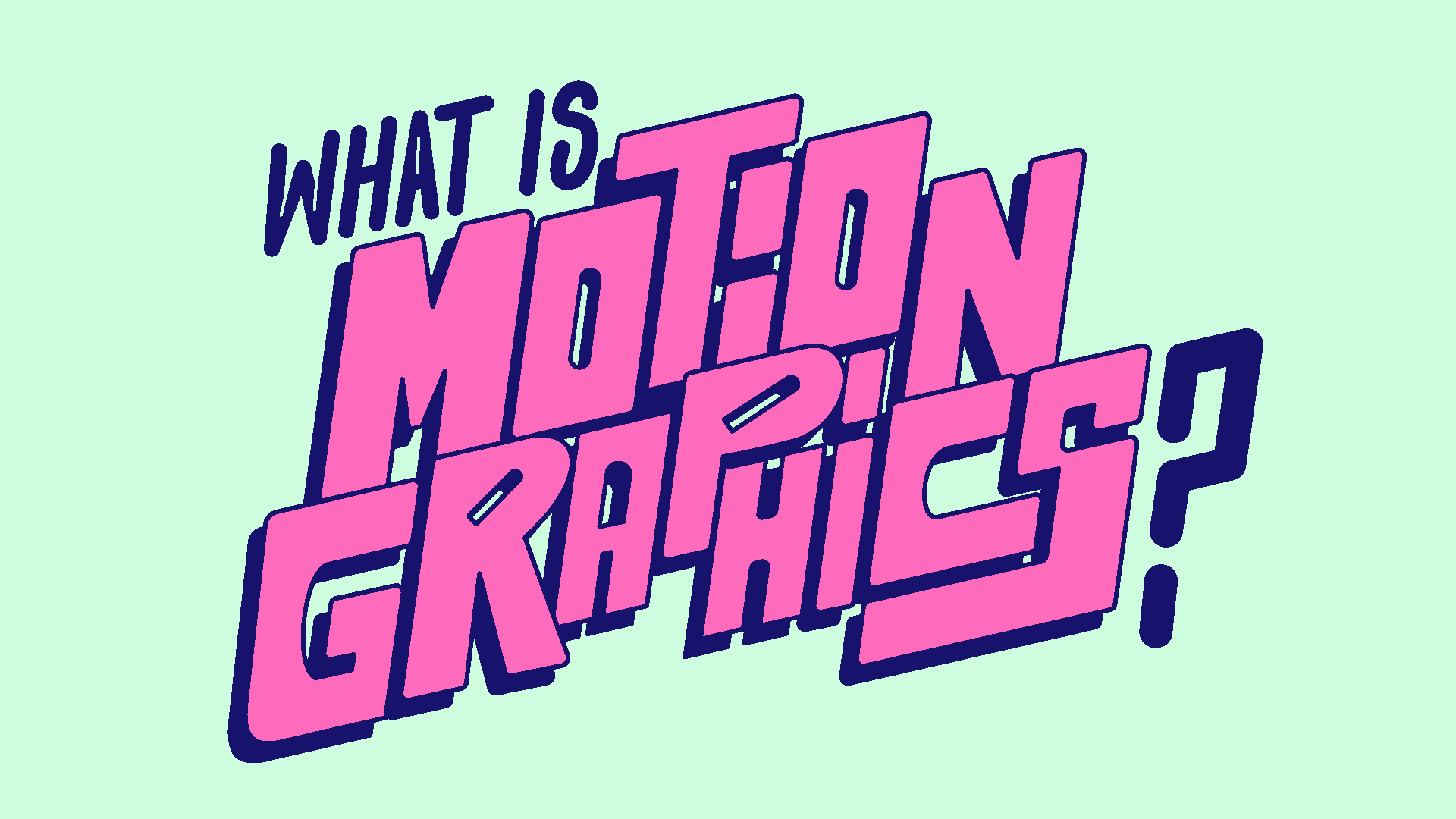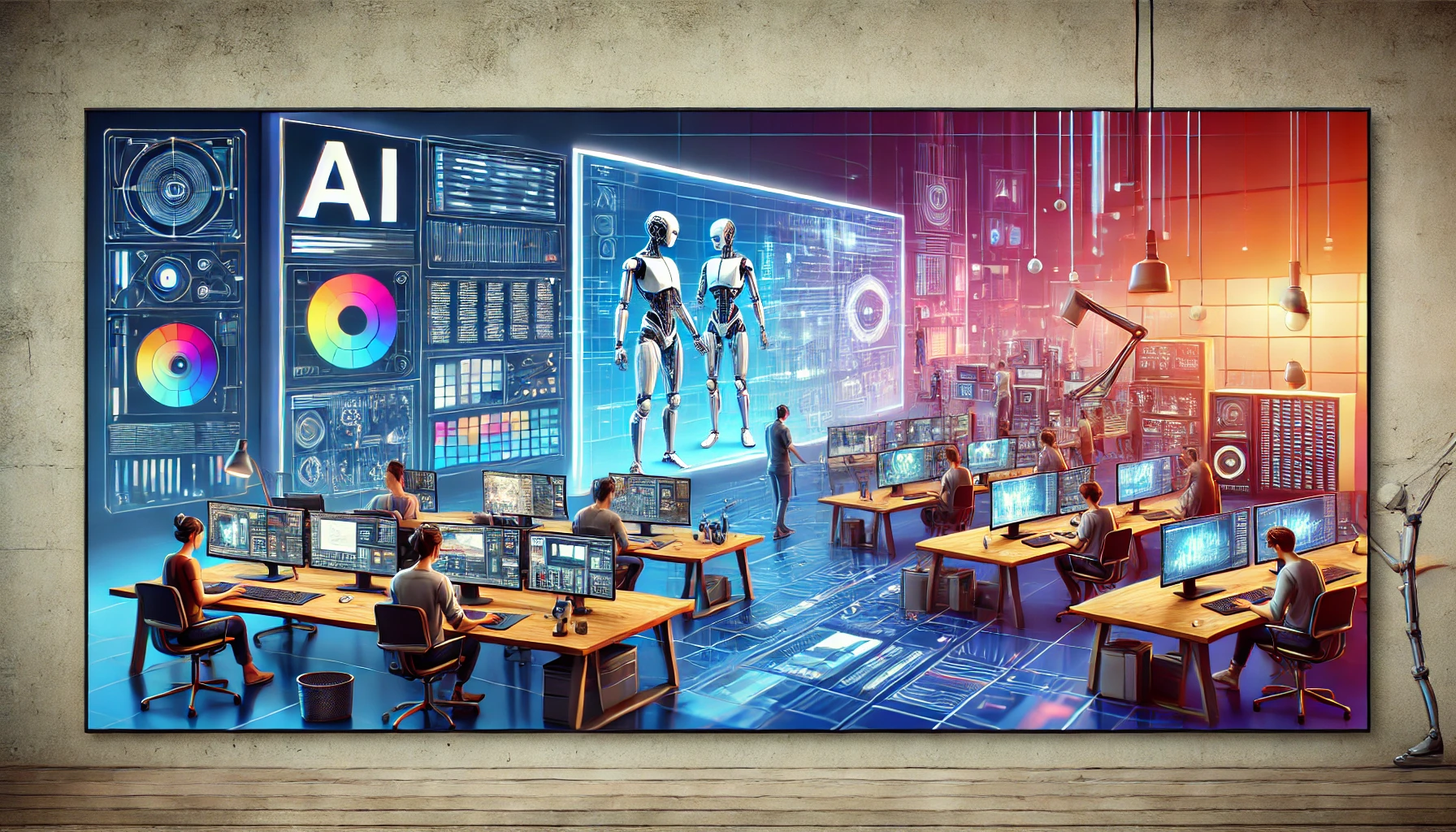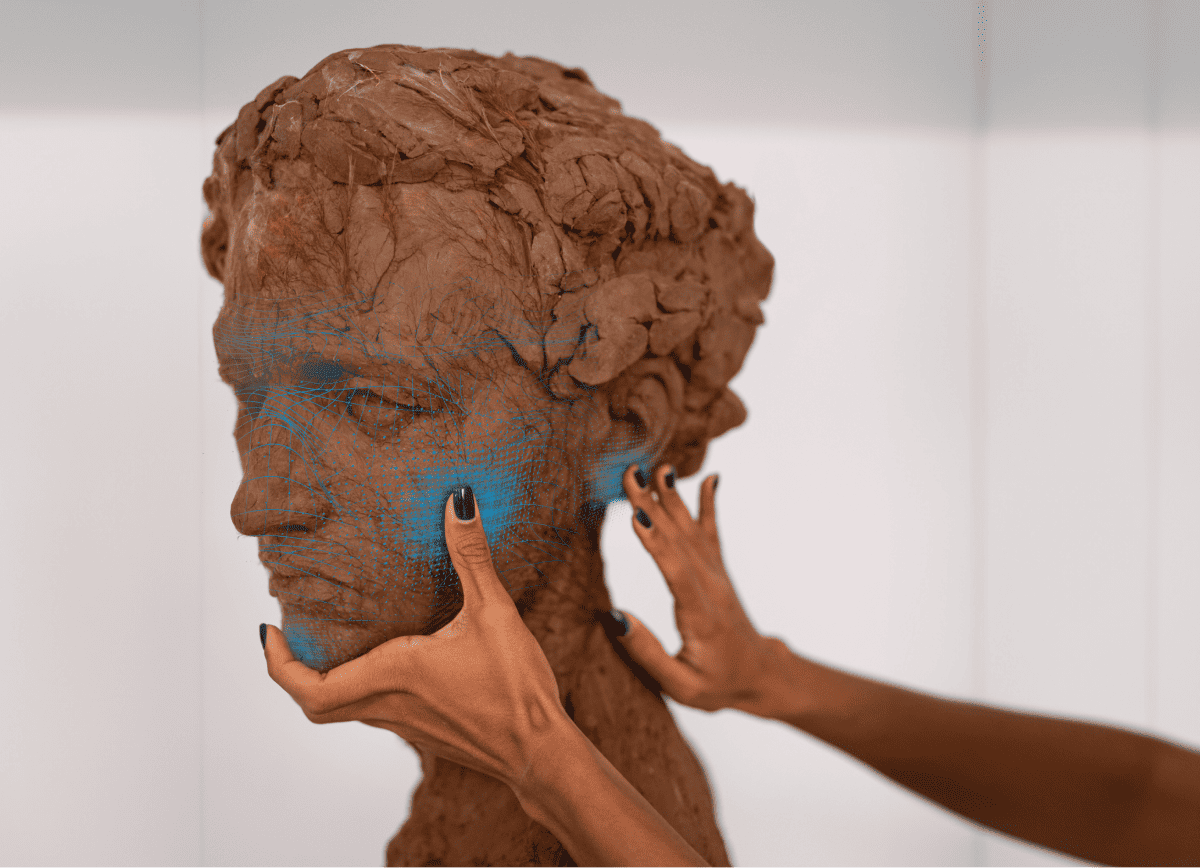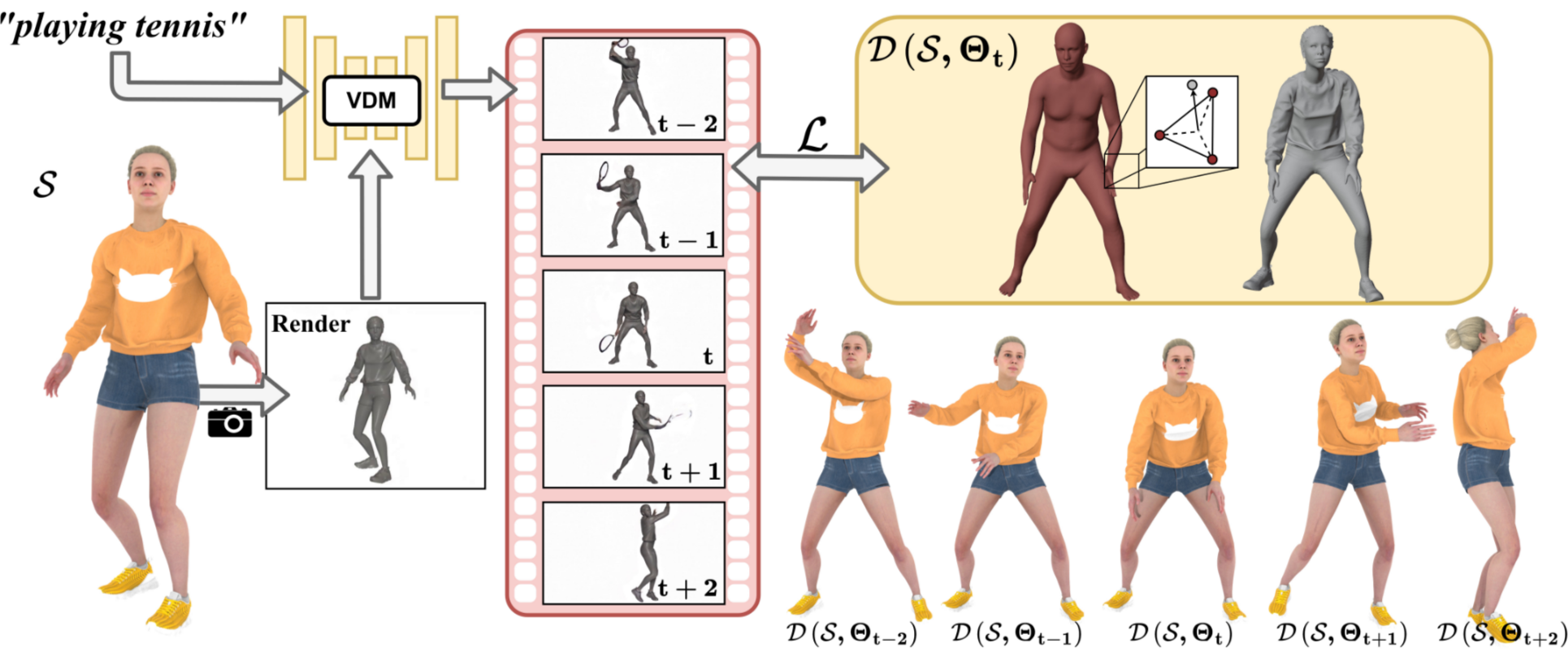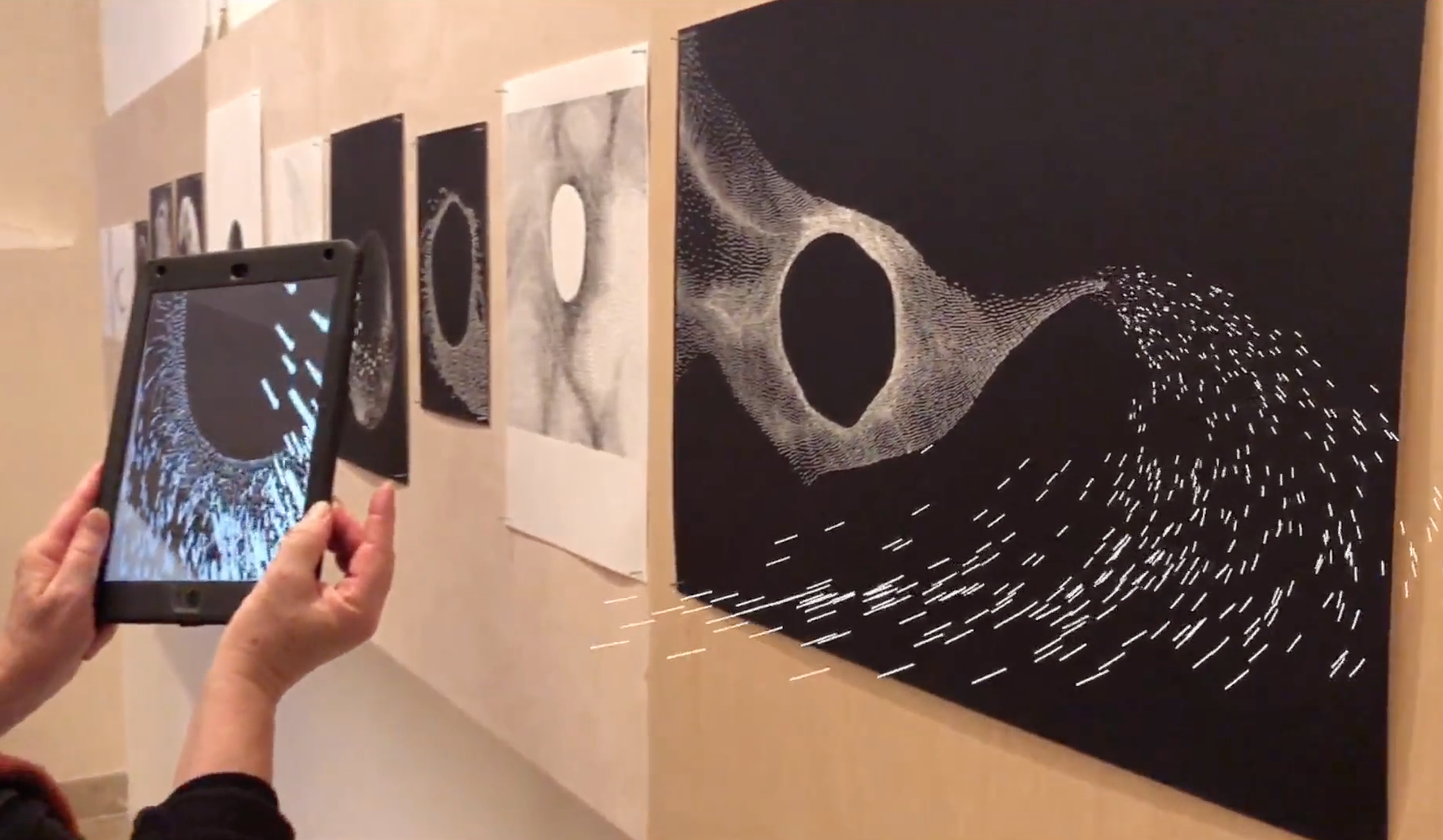scrapfellow.com – Motion graphics is a form of animation that combines graphic design, movement, and sound to create engaging visual content. It is widely used in advertising, film, social media, and digital marketing to tell stories, convey messages, and create dynamic visual experiences.
Unlike traditional animation, which focuses on character-driven storytelling, motion graphics typically involve abstract shapes, typography, and visual elements that move to communicate an idea effectively.
A Brief History of Motion Graphics
Motion graphics has evolved alongside technology, from early experiments in animation to today’s digital masterpieces. Here’s a quick timeline:
- 1900s-1950s: Early pioneers like Saul Bass and John Whitney experimented with animated graphics in film.
- 1960s-1980s: Motion graphics became a key part of TV broadcasting and movie title sequences (think James Bond intros!).
- 1990s-2000s: Software like Adobe After Effects revolutionized digital motion design.
- Today: With advancements in 3D animation, VR, and AI, motion graphics continues to push creative boundaries.
Key Elements of Motion Graphics
Motion graphics brings static images to life using:
🎨 Design – Shapes, colors, and typography are carefully crafted for visual appeal.
🎞️ Animation – Motion breathes life into the graphics, making them dynamic.
🎼 Sound Design – Music, voiceovers, and effects enhance the experience.
⏳ Timing & Transitions – Smooth movements create a seamless flow of visuals.
Common Uses of Motion Graphics
Motion graphics are everywhere! Here are some of their most popular applications:
✅ Advertising & Marketing – Animated ads, product promos, and explainer videos.
✅ Social Media Content – Instagram stories, TikTok effects, and YouTube intros.
✅ Film & TV Title Sequences – Iconic opening credits like Game of Thrones.
✅ Infographics & Data Visualization – Bringing statistics and reports to life.
✅ Educational Videos – Online courses, training materials, and tutorials.
Popular Motion Graphics Software
To create motion graphics, designers use specialized tools such as:
🎞️ Adobe After Effects – The industry-standard for 2D animation and visual effects.
🎨 Cinema 4D – A powerful 3D motion graphics tool.
🖥️ Blender – A free, open-source 3D animation software.
📽️ Toon Boom Harmony – Great for combining traditional and digital animation.
Why Motion Graphics Matter
🔹 Engaging – Captures attention quickly, perfect for today’s fast-paced digital world.
🔹 Memorable – A well-designed animation sticks in the viewer’s mind.
🔹 Versatile – Works across different industries, from entertainment to business.
🔹 Cost-Effective – Compared to live-action videos, motion graphics are often cheaper to produce.
Getting Started with Motion Graphics
If you’re interested in learning motion graphics, here’s how to begin:
📚 Learn the Basics – Understand design principles, animation, and storytelling.
🖥️ Master Software – Start with Adobe After Effects or Blender.
🎬 Practice & Experiment – Create simple animations and improve your skills.
📂 Build a Portfolio – Showcase your best work for potential clients or employers.
Final Thoughts
Motion graphics is an exciting field that blends art, technology, and storytelling to create visually stunning content. Whether you want to enhance your brand, entertain audiences, or express creativity, motion graphics is a powerful tool in the digital world.

